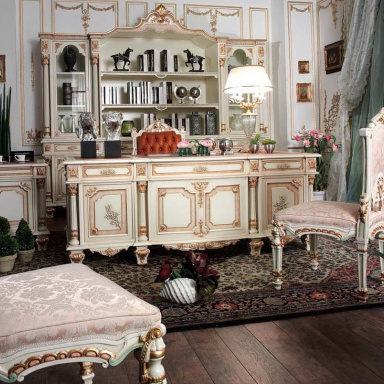The style of pop art

The style of pop art (from the English. popular art – popular art) emerged at the turn of the fifties and sixties of the last century. First it is catchy and attention-grabbing phenomenon mentioned in his article Lawrence Alloway, critic from the UK.


The first representatives of this style include artists Joe Tilson, Peter Blake, Richard Hamilton and Richard Smith. Then it spread to the masses and among connoisseurs of Andy Warhol (real name Andrew Warhola is probably the most striking and significant and well-known supporter of pop art), Roy Lichtenstein, Tom Vesselman, Robert Rauschenberg, Alex Katz, Jasper Johns, James Rosenquist, Allan D'arcangelo, Claes Oldenburg, and many other talented individuals.



They were inspired by the respective movies and magazines, the usual hundreds of comics and posters, music and lifestyle celebrity - in short, in things faced by a huge number of people with "other" vision.


Pop art is often compared with advertising, hinting as doubtful belonging to the art, and the implicit and obvious cults and demand.



The style has found many adherents, and many ardent critics. The use of characters (age, culture, social affiliation, etc.), stereotypical and commonplace of pop art made him both a cult of the rich and the icon for the middle class: jeans, soda, tin, flag, portrait of "stars" – anything can be translated on the canvas, then hang and in luxurious apartments and in the student room.


The Segno bed (bed), Cappellini

This style is not called "having no soul" - because created in the direction of pop art work shamelessly (and even deliberately) were copied, were not for units, but for hundreds of thousands. Pop art can be accurately described as "truly American style", and agree with it, and supporters and opponents of the style: because America has become the birthplace of most of the works in pop art and inspired many artists of pop-art phenomena.



Despite the undoubted stopped stirring souls, very popular among lovers of originality and still enjoy including interiors, entirely decorated in pop art, unconventional, exclusive, infinitely bright and flashy. However, to draw in pop art throughout the apartment, only a few solved, the rest are limited to separate rooms, giving preference to furniture that is similar to the patterns from Cappellini, Gamma Arredamenti and, of course, line by Moda Di Liddo e Perego .





